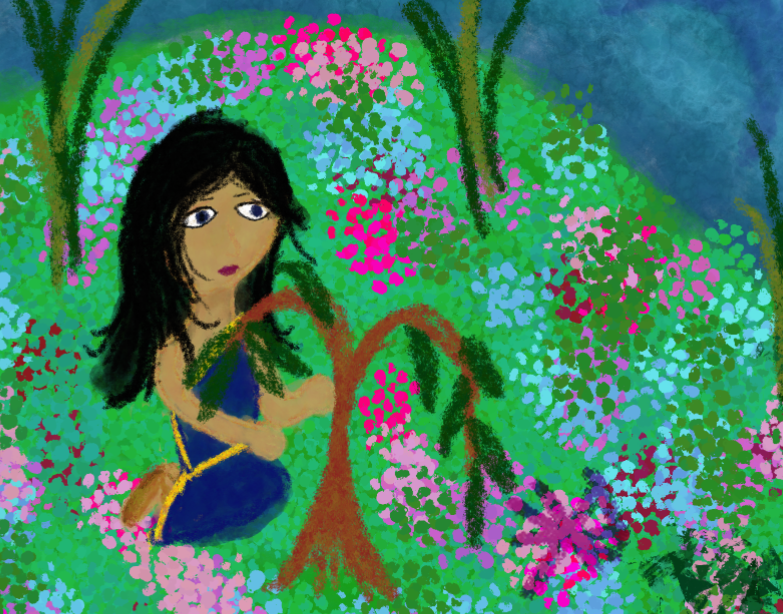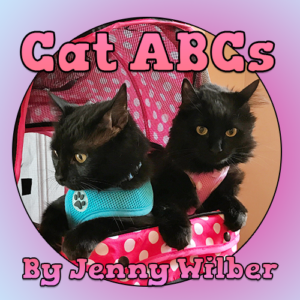I’ve been working on a new children’s picture book based on the Mesopotamian myth of the Huluppu Tree. I’m hoping to have it ready to release next month, by Thanksgiving (and the holiday shopping season!)
I wrote first draft of the text last month. I based it mostly on the popular translation by Samuel Noah Kramer, but simplified for the children’s picture book format. I did change “Lilith” to an owl, as respectable Assyriologists now agree that the Sumerian term ki-sikil-lil-la-ke from the original Sumerian version of the myth isn’t related to the Semitic folklore figure Lilith. One theory is that this inhabitant of the tree was simply meant to be an owl. It may have also been meant to represent a spirit or demon of some sort. For the purpose of a children’s book, I think that an owl is the best translation to get the point across. Owls are mysterious creatures of the night, while still being something that a child raised in the modern world can understand (without having nightmares).
In addition to the draft of the story adaptation itself, have also completed the story board and started working on the illustrations. I’m about a third of the way through drawing the illustrations right now. In the illustrations, I have interpreted the Huluppu tree as a willow-like tree. There are other interpretations of what kind of tree the Huluppu tree could have been, but willow seems to be the most common interpretation. I’ve also seen it proposed as a date palm. Aside from the willow interpretation being more popular, I think the symbolism and magickal properties of the willow tree work a little bit better than the date palm. Willows feel like they have a more feminine type of energy than the date palm to me, and they can symbolize rebirth, healing, and rapid growth. (The date palm would also have been a good choice symbolically, as they can represent fertility and abundance, though I feel like the willow is slightly more fitting for the purpose of this book).

I still need to finish the illustrations, write the text for the front and back matter (glossary, brief historical overview, about the author, etc), and revise and edit the text and illustrations.
If this project goes well and there is any interest, I may eventually make a whole series of children’s books based on Sumerian myths. I will likely focus mainly on myths involving goddesses, especially Inanna.
I got the idea to write children’s books based on Mesopotamian mythology from the one existing picture book I found based on Inanna’s Descent. That one got the story completely wrong and changed so many details that it was completely unrecognizable aside from the characters’ names. I’d like to write my own children’s book version of the Descent myth and the myth where Inanna receives the mes from Enki. The challenge will be adapting them to be appropriate for modern-day children while still remaining accurate to the original myths.
I also have an idea for an novel (or more likely, novella – right now I’m estimating about 30,000-40,000ish words, though that could always change drastically as I add and/or remove ideas – I’m still in the very early stages of planning) based on the myths involving Inanna as well. I’m working on researching and outlining it now, and I’m planning to start writing it next month during NaNoWriMo. While I plan to write during NaNoWriMo, I think I’m going to do the challenge in a non-traditional way this year. I’m planning on writing the first draft for this short novel, and also finish up the children’s book during November, but not get caught up on word counts. I want this book to be more of a lyrical, succinct style, reminiscent of books like Hermann Hesse’s Siddhartha and the like. Something that has spiritual value, and that feels more like a classic rather than just another run-of-the-mill fantasy based loosely on mythology.
Whenever I do NaNoWriMo, I tend to get too caught up on quantity of words, rather than quality. This means I end up with a manuscript filled with useless nonsense that I never feel like wading through to salvage a story that I actually want to share with anyone. I like NaNoWriMo for the fact that it pushes me to write even when I don’t feel like I have the time, but I also recognize that it does encourage the bad habit of writing in a way that focuses on higher word counts over quality story telling.
